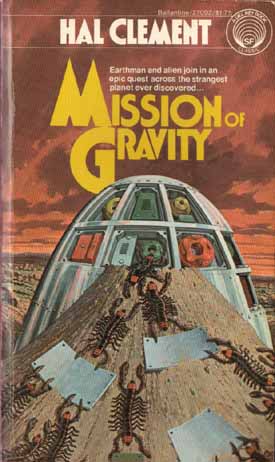Book errors are a dime a dozen (and they’ve always been with us), and I wouldn;t say that most of them “take me out of the story”–they’re more along the lines of a momentary “oops,” sometimes with a grin attached, and then I keep reading. A few examples:
–In Catcher in the Rye, Ackley’s roommate is once referred to as Herb Gale and once as “ol’ Eli.”
–In one of Steve Hamilton’s Alex McKnight novels, there is a full moon one night, a crescent moon descending the next, and a full moon again the night after that. If that’s standard for the Upper Peninsula, where the books are set, I never noticed–and need to go visit again.
–Stuart Kaminsky’s Abe Lieberman novels were forever changing the names of minor characters, getting geographical details wrong, etc.; sorry, no longer can think of any examples.
–I think it was Robinson Crusoe, something like that, where the main character strips naked to swim to a shipwreck, whereupon he fills his pockets with good stuff and swims back.
–A Duane Decker baseball novel where the cleanup hitter breaks up a perfect game with two out in the eighth, or something equally impossible.
–A collection of Roald Dahl short stories where there was a reference to “the primr.oses along the walk” (you can figure out what happened here, especially if I tell you where the volume I was reading was published).
To truly “take me out of the story” the error has to be much more central to the action or the characters. One example would be The Giver, mentioned above. I don;t recall the details any more, but I do remember that the way the society is structured is just completely impossible. This is not the sort of thing I usually notice about the fantasy books I read, so it must have been pretty egregious. When I keep saying “But that doesn’t WORK, that doesn’t make any SENSE” we’re not talking about speed bumps any more; I’m gone.
Another example: a Robert Barnard mystery novel, forget which one, in which there is an American writer who talks…just like the British people who populate the rest of the book and most of the other ones by Barnard (who is himself British). I thought at first, “Aha! She SAYS she’s American, but she clearly ISN’T–must be a clue that she’s really somebody else,” but as time went on and nothing was done about that (and as it became clear that nobody in the novel seemed to think this was strange) I began to realize that the British way of speaking had nothing to do with anything except sloppy writing on Mr. Barnard’s part. After a while, every time she opened her mouth (which was frequent) I was reminded about the issue, and that also took me out of the story.
Obviously, YMMV.




